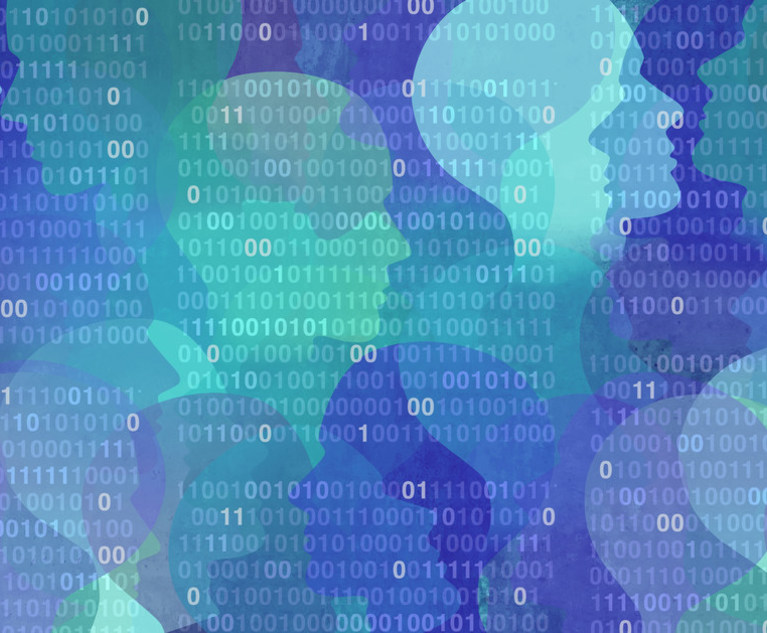The 2022 Russian invasion of Ukraine brought a sea change to public awareness of how open-source intelligence can illuminate and shape our understanding of a crisis. Real-time collection, analysis, and dissemination of publicly available data via Telegram channels, online academic journals, and news sources transformed the world’s awareness of what was happening in Ukraine and mobilized a global relief effort that continues to this day.
For the first time, people a world away could track an invasion as it occurred: Google Maps traffic data allowed academic researchers to identify and monitor Russian military activity on the day the offensive began. Details of atrocities committed against civilians—identified through comparison of social media photographs and videos with commercial satellite imagery—were aggregated and shared with the world at breakneck speed.
This content has been archived. It is available through our partners, LexisNexis® and Bloomberg Law.
To view this content, please continue to their sites.
Not a Lexis Subscriber?
Subscribe Now
Not a Bloomberg Law Subscriber?
Subscribe Now
LexisNexis® and Bloomberg Law are third party online distributors of the broad collection of current and archived versions of ALM's legal news publications. LexisNexis® and Bloomberg Law customers are able to access and use ALM's content, including content from the National Law Journal, The American Lawyer, Legaltech News, The New York Law Journal, and Corporate Counsel, as well as other sources of legal information.
For questions call 1-877-256-2472 or contact us at [email protected]







